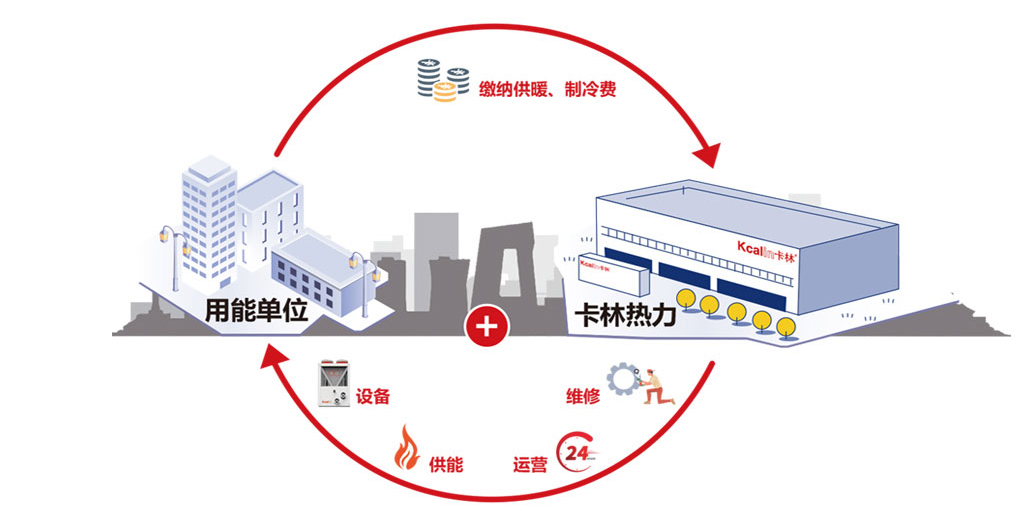With the acceleration of urbanization in China, heating has become an increasingly important factor affecting residents' quality of life. Distributed centralized heating system, as a new type of heating method, is gradually emerging in urban construction with its advantages. However, technology has its limitations, and distributed centralized heating systems are no exception. How to balance advantages and disadvantages while promoting green and low-carbon development in cities? Let's explore together.
Advantages of Distributed Central Heating System
Energy saving and efficient, reducing energy consumption: The distributed centralized heating system adopts a small-scale, multi-point layout, which can provide precise heating according to user needs, greatly reducing energy waste. Compared to traditional centralized heating, distributed systems have higher thermal efficiency and help reduce energy consumption.
Strong flexibility and adaptability: Distributed centralized heating systems can be flexibly arranged according to user needs and geographical environments, adapting to residential and commercial areas of different scales. In urban construction, this flexibility provides convenience for the planning and adjustment of heating systems.
Green and environmentally friendly, reducing pollution emissions: Distributed centralized heating systems use clean energy and efficient equipment to reduce pollutant emissions, which helps improve urban environmental quality and achieve green and low-carbon development.
Easy maintenance and stable operation: The distributed system disperses the heating facilities, reducing the failure rate of the pipeline network and facilitating daily maintenance and management. At the same time, the system operates stably, improving the quality of heating.

Disadvantages of Distributed Central Heating System
Higher initial investment: Compared to traditional centralized heating, distributed centralized heating systems require a larger initial investment. This is mainly because distributed systems require more equipment and pipeline layout.
High technical requirements: The design and operation of distributed centralized heating systems require high technical support, which puts higher demands on the professional competence of the operation and maintenance team.
Large space occupation: Distributed systems require equipment and facilities to be arranged at various heating points, which occupies a larger area compared to centralized heating.
How to balance advantages and disadvantages to promote urban development
Policy support to reduce investment costs: Relevant policies can be introduced to provide financial subsidies, tax incentives, etc. for distributed centralized heating projects, reducing the initial investment pressure on enterprises.
Technological innovation to improve operational efficiency: Encourage enterprises to increase their research and development efforts, optimize the design of distributed heating systems, improve energy utilization efficiency, and reduce operating costs.
Cultivate professional talents and improve operation and maintenance level: Strengthen talent cultivation in the heating industry, enhance the professional competence of operation and maintenance teams, and ensure the efficient and stable operation of distributed centralized heating systems.
Overall planning and optimized layout: In urban planning, fully consider the characteristics and needs of distributed centralized heating systems, reasonably layout heating facilities, and reduce land occupation impact.
Distributed centralized heating systems have obvious advantages in energy conservation, environmental protection, and flexibility. Although they have disadvantages such as high initial investment and high technical requirements, they can effectively balance their advantages and disadvantages through policy support, technological innovation, talent cultivation, and overall planning measures, providing strong support for urban green and low-carbon development. Let's work together to promote the application of distributed centralized heating systems in urban construction and create a better home.







Comment